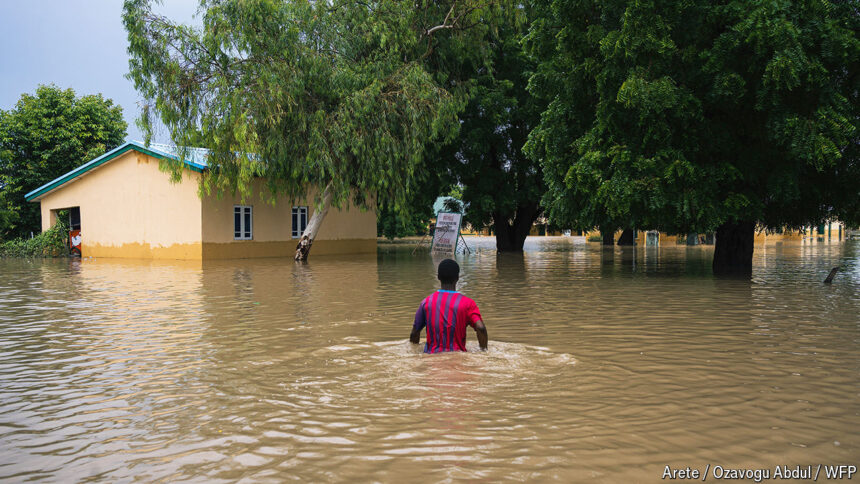The Nigerian Academy of Science (NAS) has given insight to the likely cause of the recent flood disaster experienced in parts of northern Nigeria.
The Academy, in a statement jointly signed by its President, Professor Ekanem Braide, and Public Affairs Secretary, Professor Jonathan Babalola, stated that initial observation revealed that both natural and human factors contributed to these flood incidents and the resulting disaster.
“We recognize the role of river overflow in the Jigawa and Borno episodes, possibly as part of the effects of global climate change, as well as the exacerbation of the latter episode by the failure of the Alau dam constructed on the channel of the River Ngadda some 20km south of Maiduguri,”
Meanwhile, NAS has offered to help, saying, “As a community of scientists, we note that even if unfortunate incidents of this nature cannot be perfectly prevented – being one of the vagaries of nature, they can be experienced with near-zero casualty if appropriate scientific thoughts and principles are incorporated into our national life.”
This is as the Academy joined other Nigerians to commiserate with the victims of these disheartening incidents, which affected parts of Adamawa, Borno, Jigawa, and Taraba States between August and September 2024.
“We commend the federal and state governments and several other public-spirited organizations and individuals for their show of love through various immediate and on-going interventions to bring succour and hope for all affected by the unfortunate incidents.
“It is part of the mandate of the Nigerian Academy of Science (NAS) to assist government and stakeholders in addressing national problems that can be solved by the application of science, technology, and innovation,” NAS proposed in the statement.
To reduce the frequency of flood disasters in the country, the Academy has said conscious effort must be made to commission environmental vulnerability mapping of potential disaster hotspots across the nation; commit to rigorous environmental impact assessment of large-scale infrastructure with potential disaster consequences; and construct and routinely simulate and operate contingency plans to rapidly respond to specific disasters





